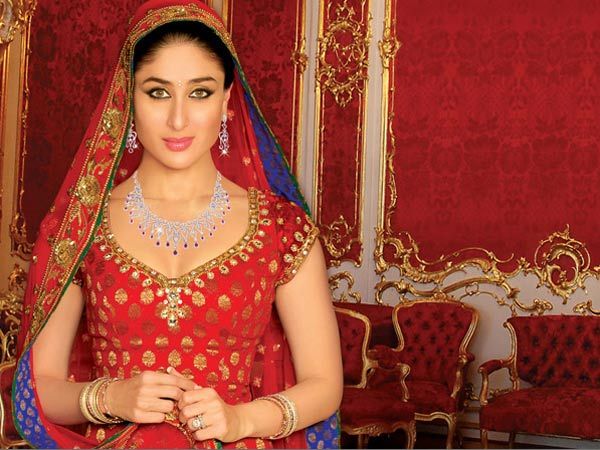
Jewellery is small decorative items worn for individual embellishment, such as brooches, rings, necklaces, earrings, and bracelets. Jewellery may be attached to the body or the clothes, and the term is limited to long-lasting ornaments, excluding flowers for example.
For many centuries metal, frequently united with gemstones, has been the usual material for jewellery, but other materials such as shells and other plant materials may be used. It is one of the oldest kinds of archaeological relic – with 100,000-year-old beads made from Nassarius shells thought to be the oldest known jewellery.
In most customs jewellery can be understood as a prominence symbol, for its material properties, its patterns, or for significant symbols. Jewellery has been made to decorate nearly each body part, from hairpins to toe rings. The patterns of wearing jewellery between the sexes, and by children and older people can vary very much among cultures, but adult women have been the most constant wearers of jewellery; in modern Western culture the quantity worn by adult males is comparatively low compared with other cultures and other periods in Western culture.
Jewellery Brands In Indian Subcontinent
The Indian subcontinent (encompassing India, Pakistan and other countries of South Asia) has a long jewellery history, which went through a variety of changes through cultural pressure and politics for more than 5,000-8,000 years. India has the longest constant bequest of jewellery making anywhere since Ramayana and Mahabharata times. Because India had plentiful quantity of jewellery resources, it flourished economically through export and trade with other countries. While Western traditions were deeply influenced by waxing and waning empires, India enjoyed a continuous growth of art forms for some 5,000 years.
One of the first to start jewellery making were the peoples of the Indus Valley Civilization (encompassing present-day Pakistan and northwest India). By 1500 BC, the peoples of the Indus Valley were creating gold earrings and necklaces, bead necklaces, and metallic bangles.
Before 2100 BC, previous to the period when metals were widely used, the largest jewellery trade in the Indus Valley region was the bead trade. Beads in the Indus Valley were made using easy techniques. Persian fashion also played a big role in India’s jewellery. Each stone had its own characteristics related to Hinduism.
Jewellery in the Indus Valley was worn mainly by females, who wore several clay or shell bracelets on their wrists. They were often shaped like doughnuts and painted black. Over time, clay bangles were discarded for more durable ones. In present-day India, bangles are made out of metal or glass.
Other pieces that women frequently wore were thin bands of gold that would be worn on the forehead, earrings, primitive brooches, chokers, and gold rings. Although women wore jewellery the most, some men in the Indus Valley wore beads. Small beads were often crafted to be placed in men and women’s hair. The beads were about one millimetre long.
It was an interesting start to the final day of the Fashion Week as designers from diverse approaches and creative inclinations, got together for the first show in August in Mumbai. The show began with an accessory collection by young Jinali Sutariya’s brand — House of Chic. The line that was christened Dark Angel was in collaboration with Heena Surani, and in its debut run, made people sit up and take notice.
Models dressed in white, sported a unique collection of rings, neckpieces, bracelets and earrings on the runway that consisted of a mix of skulls, crosses, black ties and lace. Former Miss India Universe, Pooja Gupta was the showstopper and walked the ramp wearing a body vest jewelled with skulls and spikes, personifying the essence of the collection.
The times have changed and so have the designs and the ways of styling jewellery. There are many jewellery brands, designers also who have entered this field and started designing jewellery. Still, the most famous jewellery brands in India are:
- Nakshatra
- Gili
- Geetanjali Jewellery
- Tanishq
- PC Jewellers
- Mehrasons
These are the most famous and top jewellery brands in India whom you can trust. Please let us a comment and let us know your own experiences of buying from these jewellery brands in Indian subcontinent.






















